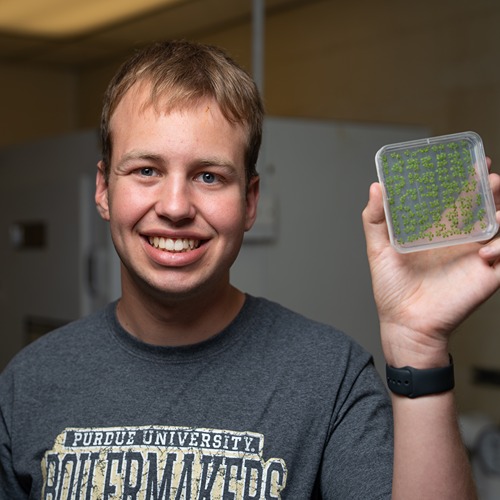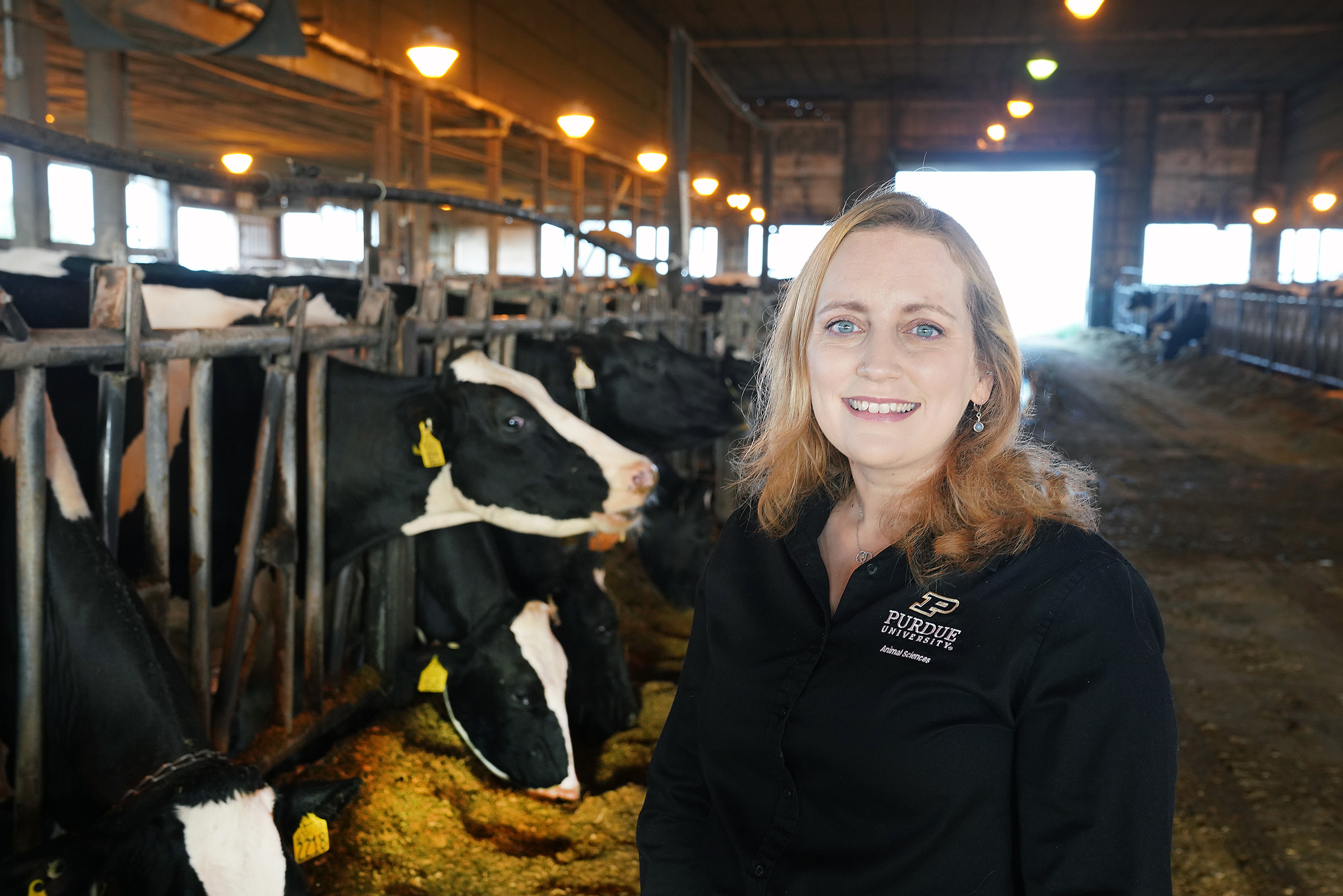Want to learn more about the birds and the bees?
When health teachers in middle school instruct pupils about the “birds and the bees” they usually don’t mean literally.
The only thing more uncomfortable than a middle schooler learning the ins and outs of the human body, however, may, in fact, be the actual mating habits of birds and bees.
With over 20,000 different species of bees, entomology professor Brock Harpur said there are equally as many different mating habits to discuss, many of them violent and often fatal.
Honey bees, for example, have an especially interesting way of procreating. The queen bee will locate a congregation of male bees, known as drones, who hang out in one spot waiting for her to show up. When she appears the drones will then compete to impregnate her. And that’s where it gets really interesting, Harpur said.
“The drones begin chasing the queen with the goal of inseminating her,” he continued. “When a drone successfully does that, he dies. His internal anatomy everts. It gets ejected. It’s under so much pressure that it really forcefully inseminates the queen. If you’re near a drone when this happens, you can sometimes hear a popping sound.”
Within a week, one queen bee will mate with roughly 17 drones. She stores their semen for the entire span of her life, which ranges from two to five years.
Orchid bees, a tropical group of species, also have an interesting mating ritual. The males are beautifully colored, Harpur said, with metallic greens and blues to attract the female. But what really attracts the female is their “cologne.”
“During mating season male orchid bees will collect any scent they deem as beautiful and get it on themselves. The males with the most complex compounds tend to be the ones the females mate with. The scents can be pretty extreme, from eucalyptus to orchids to feces,” Harpur added.
The mating lives of birds don’t have the same aggressive characteristics as some bee species, but they are surprising for a different reason. At first glance, John “Barny” Dunning, Forestry and Natural Resources professor, said around 90 percent of bird species appear monogamous. The key term here, however, is at first glance.
"The explanation for why birds need to be monogamous is that it takes two birds to provide the food and other resources needed by their very dependent young. This is called bi-parental care," Dunning explained. “That means neither mate can afford to abandon the nest and have a dalliance with someone else.”
In the age of genetic testing, however, researchers are discovering that while birds might not be forsaking the nest they are still “cheating” on mates.
“It turns out birds previously believed to be monogamous actually have a lot of cheating going on,” Dunning said. “It’s more common that the male is not the genetic father than the female is not the genetic mother of the chicks, which makes sense, but both happen.”
Because of their perceived commitment to a single mate, Dunning added, birds have often been held up as pillars of morality within society. While recent research is disabusing researchers, ornithologists and, one imagines, moralists of this notion, the behavior of birds may more accurately reflect the behavior of humans than ever imagined.
“Everything from pigeons to swans have been used as pillars of virtue to humans because of their perceived monogamy,” Dunning said, “so this is bad news for humans too.”





